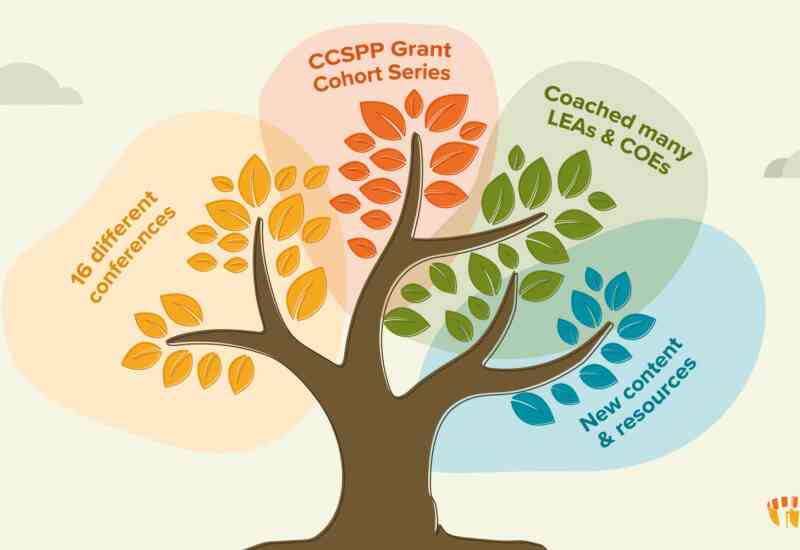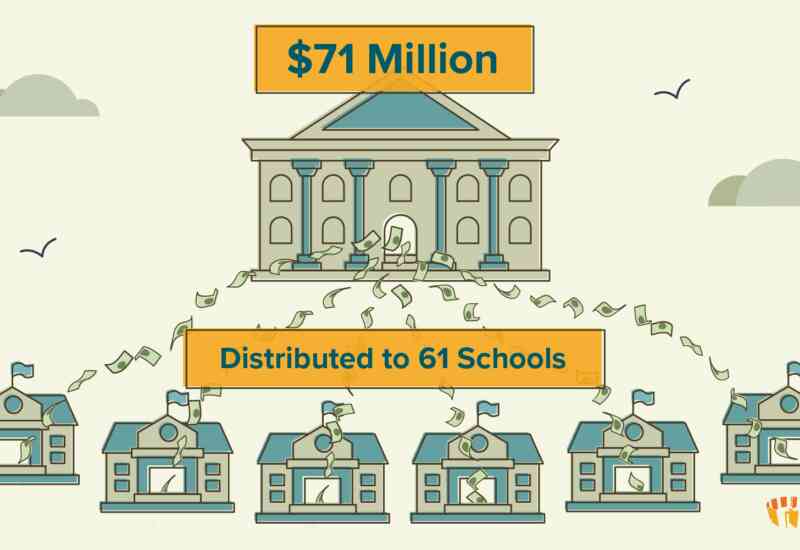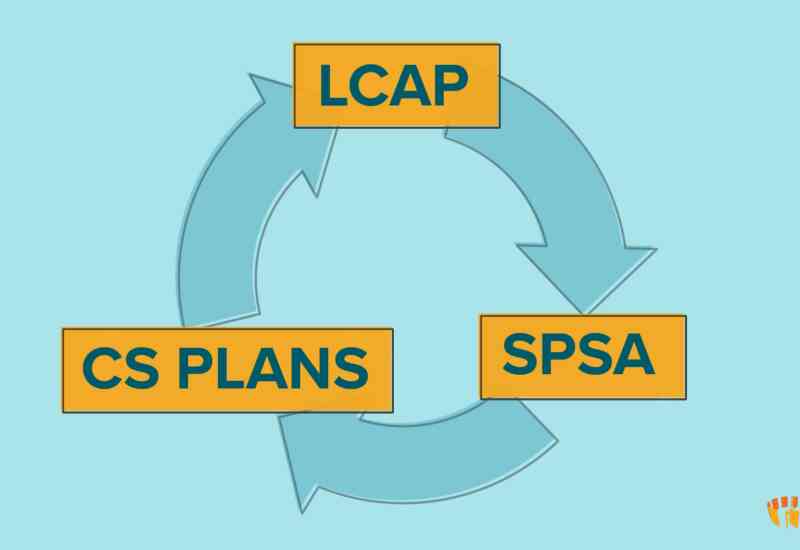Types
Featured Profile Commentary CSLX News & Updates Featured Resource Sticky Notes Best Practices How to Build a CSTopics
CCSPP Application Materials Community school foundations Advisory team development Community school coordinator Needs assessment Stakeholder engagement Strategic Partnerships Sustainability District role Wise practices Research, data, & evaluation CS policy and news Small/rural community schools Learning in community schools Integrating student supports Community School Leaders Building Trusting Relationships Newcomer Student Engagement
A Q&A with Danielle Jordan, CSLX’s new Research & Policy Associate
Meet Danielle Jordan, CSLX's new Policy & Research Associate, in this Q&A.

Three ways to kick off your first year as a Community School Coordinator
Whether you're brand new to your school – or brand new to the CSC role – take these three tips on how to kick off your first year as a CSC.

CSLX’s 2023-24 Year in Review
Like many of you, Team CSLX is wrapping up our year–fiscal year, that is! We’re taking our own advice, and reflecting and celebrating the work of our team over these last twelve months. Here’s our team’s highlights reel from ‘23-24.

So you didn't get (or never applied for) a CCSPP grant–now what?
When the CBE approved the CCSPP Implementation Grant Cohort 3 recipients, many LEAs and their schools were on the list…and many were not. Whether you applied and weren’t funded or never even applied, you can (and should!) still move forward with your plans for community school development.

So you got a CCSPP grant! Now what?
If your application was funded, a big congratulations! If you're wondering what comes next, we have a number of “pro tips” we’ve compiled just for you.

Spring Forward: Four ways to maximize CS development in the new season
From a community school development perspective, spring is the time to take stock of what you and your team have accomplished this year, and review your implementation plan to see what’s on deck. Here are our four top ways to make the most of the season.

Moving Beyond ‘Checking the Box:’ Taking Data from Compliance to Curiosity
Community school (CS) practitioners and teams that have a curiosity-centered mindset pull data, gather interest holders, and dig deep on questions about what the data is telling them.

You’re never ‘done’ building your community school
When you take a mindset that recognizes the cyclical nature of community school development, then you are truly digging into and doing the (hard) work of sustaining it.

Reflections on CSLX’s CCSPP Grant Cohort Series
Through the series, we learned a lot about the ways the CCSPP application process supported–and did not support–community school practitioners across the state. Here are some of our top learnings from the experience.

Aligning your LCAP, SPSA, and Community School Plans: The why, how, and when
Your LCAP, SPSA and community school (CS) implementation plans should all be nested together. Here's why.